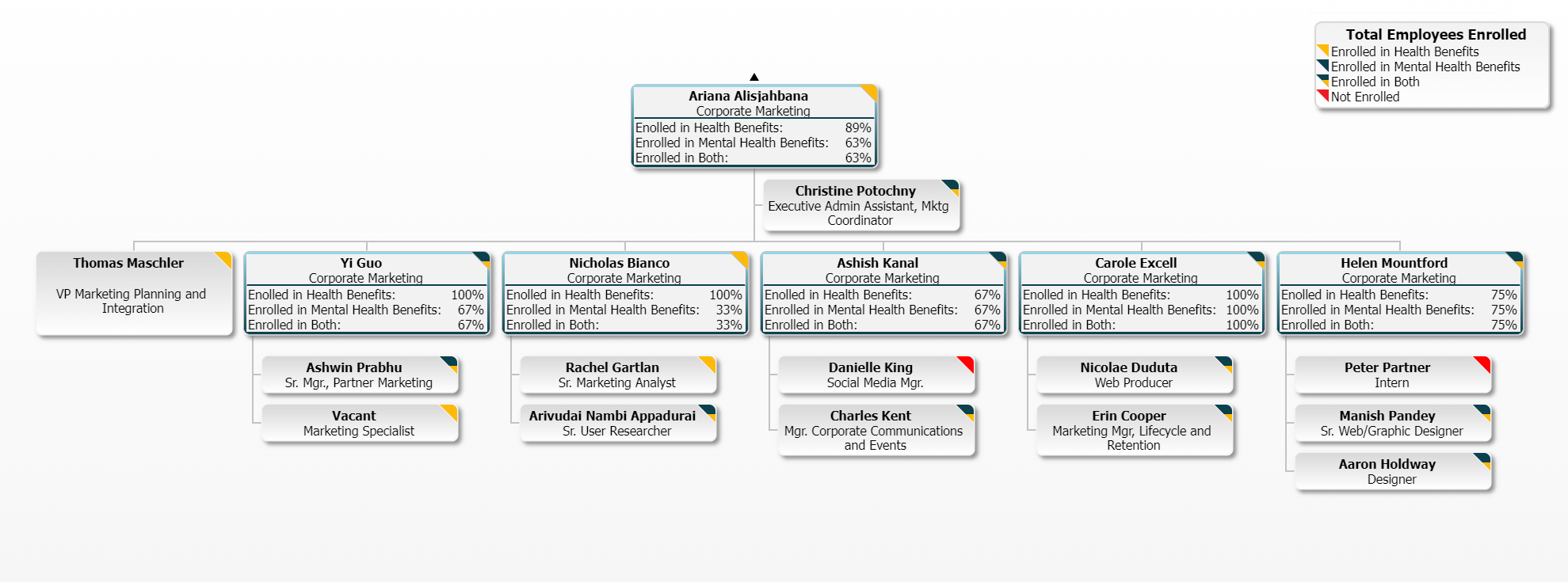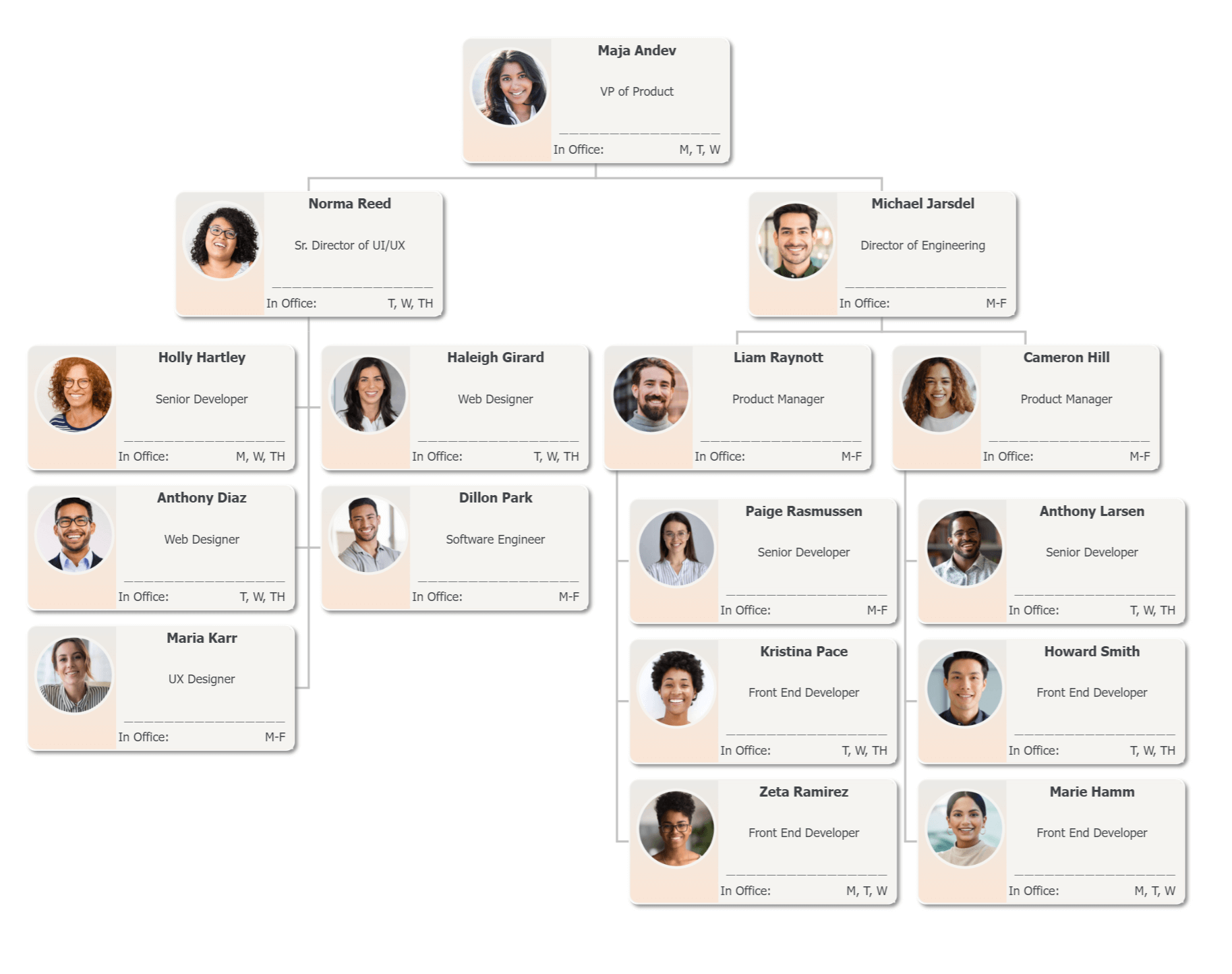March 27, 2019
12:13 PM
By OrgChart Team
Retaining millennial talent has increasingly become a focal point of HR strategies, given this generation’s significant impact on the workplace. These digital natives, known for their comfort with technology and desire for meaningful work, present unique challenges and opportunities for HR professionals. Two aspects have emerged as paramount in managing and retaining this essential demographic — company culture and strategic workforce planning. Leveraging tools like OrgChart for automation and creating a culture that resonates with millennials can be game-changers in talent retention.
Millennials, born between 1981 and 1996, comprise the largest workforce segment. They have grown up in a world brimming with technology, global connections, and rapid change, shaping their expectations for the workplace. While avoiding over-generalizations is essential, research shows millennials value flexibility, purposeful work, ongoing learning opportunities, and strong company culture.
These preferences can be challenging for organizations stuck in traditional ways of operating. However, they also provide opportunities for organizations willing to adapt and innovate. In today’s competitive talent market, understanding and responding to these preferences can be crucial in attracting and retaining millennial talent.
In the era of transparency, with platforms like Glassdoor providing insights into companies’ inner workings, a robust and appealing company culture is crucial. For millennials, culture has, at times, trumped compensation. Millennials want to work for organizations that share their values and contribute positively to society.
Creating a culture that resonates with millennials requires focused effort and commitment from leadership.
Companies that often appeal to millennials demonstrate:

Implementing and tracking these cultural facets is where a robust HR tool like OrgChart can make a significant difference.
Retaining high-demand millennial employees has become even more challenging, with remote work increasing in popularity. Through OrgChart’s visualizations, HR professionals can gain insights into attrition metrics, like tenure, terminations, separations, and turnover ratios. These insights can effectively inform strategies to address employee attrition, ensuring the organization retains its valuable millennial talent.
In addition, OrgChart can be used to help build out succession planning. This ensures continuity within the organization and shows millennial employees that there are opportunities for advancement.
Effective onboarding can play a critical role in retaining millennial talent. Mitigate a common issue — high turnover within the first 18 months of employment — with a thorough and engaging onboarding process.
OrgChart can assist by visually representing the organization, teams, and reporting lines. It can also help identify gaps in the onboarding process that may contribute to early attrition.

OrgChart is a tool that takes raw organizational data and translates it into actionable insights. It can play a pivotal role in shaping a culture that resonates with millennials and aids in strategic workforce planning.

Ways to use OrgChart:
With OrgChart, HR professionals gain a valuable tool to ensure they create a culture and environment where millennial talent will want to stay. Request a demo or get a quote today!
By creating a solid company culture and utilizing tools like OrgChart, HR professionals can create an environment where millennial talent can thrive. The result will be improved retention and a more engaged, productive workforce.
Tags: